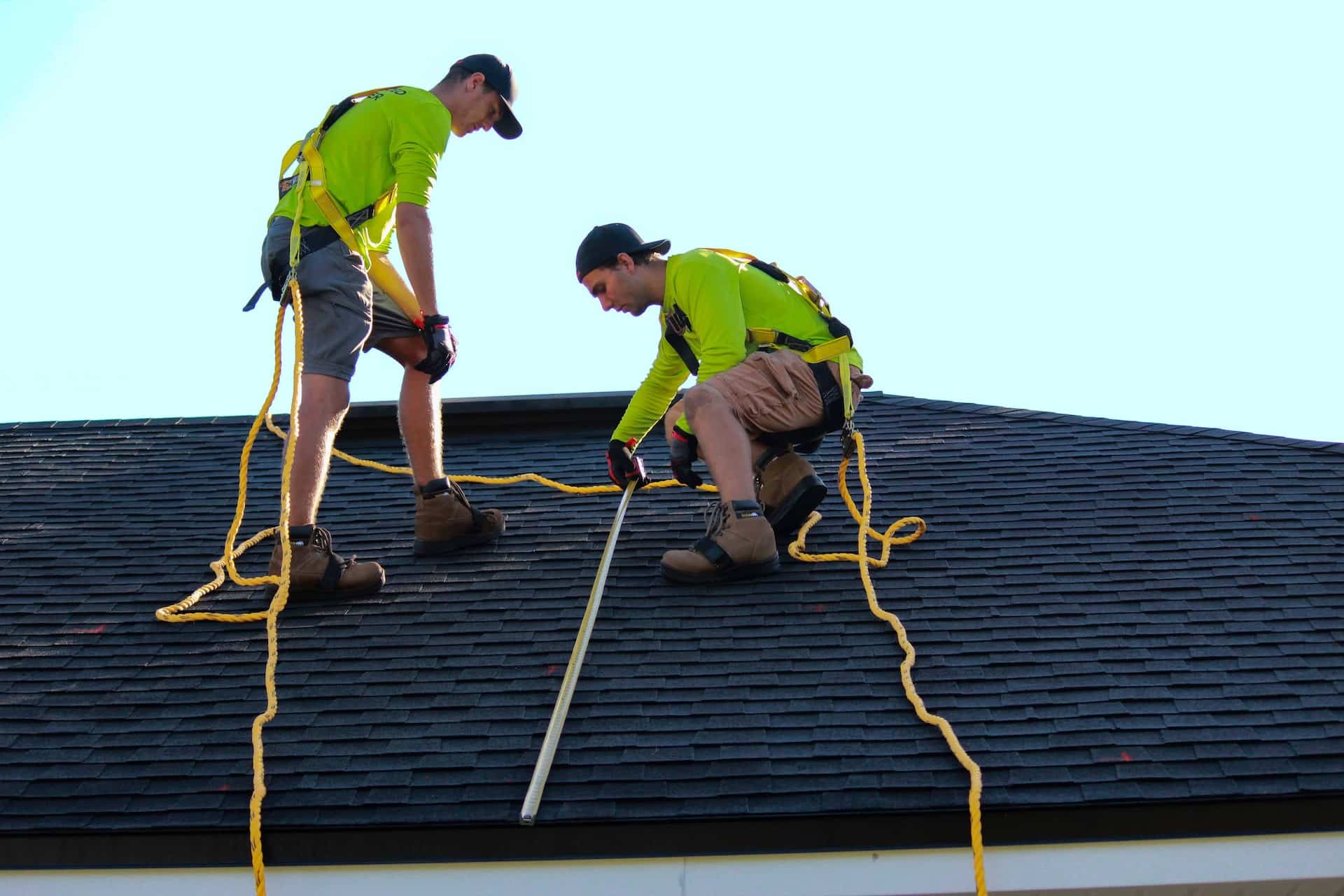Roof inspections are a vital part of residential upkeep that often go overlooked. Many householders may not understand the significance of periodic roof inspections and what they entail. When it comes to protecting your home, comprehending the roof inspection procedure can help you spot potential concerns before they become serious problems, ensuring both your safety and your property value.
During a roof inspection, certified roofers will inspect various elements of your roofing system, searching for signs of wear, deterioration, or impending failure. But what should you anticipate when you arrange a roof inspection? In this piece, we'll explore the key components of the inspection process, how to know when it’s time for a roof replacement, and the necessity of remaining aware about roofing maintenance and repair alternatives. Whether you are considering a roof renewal or simply want to lengthen the life of your current roof, knowing what happens during an inspection is important for every homeowner.
When Should You Replace Your Roof
Recognizing the right moment to replace your roof can save you from costly repairs and guarantee the security of your residence. One important signal is the age of your roof. Most types of roofs come with defined lifespans; for example, asphalt shingles typically last two to two and a half decades, while metal roofs can last 40 to 70 years. If your roof is approaching or has gone beyond its expected lifespan, it may be time to think about a replacement.
Another important sign is the condition of the shingles. Look for missing, cracked, or curling shingles, as these can jeopardize your roof's strength. Additionally, if you notice granules from your shingles accumulating in your gutters or if the roof has noticeable degradation in various places, it’s a strong signal that you might need to replace it. Frequent checks can help identify these concerns sooner, enabling you to address them before they escalate.
Finally, be alert for signs of roofing troubles indoors. Water stains on your ceilings or the walls, moisture issues like mold or mildew in the attic, and rising utility costs can all suggest that your roof is failing. If you spot these problems, it's imperative to get in touch with a roofing expert. They can determine the circumstances and help you decide if a complete roof replacement is needed or if small repairs can prolong its lifespan.
Frequent Roofing Issues & Solutions
Householders regularly encounter a variety of rooftop problems which may impact the strength as well as performance of their roofing systems. An often seen of the most frequent problems is roof leakage, which may be resulting by broken tiles, flashing issues, or wear around chimney and ventilation. In order to resolve leaks, it's essential to locate the source first. Property owners may check dark spots in the ceiling and water stains, that show where repairs are required. Temporary solutions such as tarpaulins can be used until a licensed expert can perform lasting repairs.

Another common issue is the buildup of rubble on the roof, such as foliage, branches, as well as dirt, that may cause mold growth and standing water. Regular maintenance remains crucial to maintain proper drainage as well as mitigate humidity-related issues. Property owners may arrange seasonal checkups or engage professionals to clean the roofs and drainage systems. This proactive strategy not just improves the roof's look but also prolongs its lifespan.
Lastly, homeowners must understand the effects of harsh climate, that can result in damage such as absent shingles or dented metal roofs. When a storm hits, it's vital to perform a thorough checkup afterward. Fixing any visible harm promptly may forestall further complications. In case substantial damage occurs, consulting a licensed roofing expert for a detailed assessment and repair is recommended to make certain the fact that the roof remains sturdy as well as leak-free.
Selecting the Appropriate Roofing Material
Choosing the appropriate roof material is important for providing the longevity and functionality of your house. Different options offer different advantages and disadvantages that can impact not only the appearance of your home but also its long-term care needs. Bitumen shingles are popular due to their cost-effectiveness and ease of installation, making them a fantastic option for many homeowners. On her explanation , metal roofing provides excellent longevity and can withstand severe weather, though it typically is available at a increased initial cost.
When considering roof materials, it's essential to assess your local weather conditions, the architectural style of your home, and your personal preferences. For example, tile roofs are an appealing option in warmer, Mediterranean-style houses, providing thermal regulation. Conversely, if you live in an area susceptible to significant snowfall, a pitched roof with sturdy materials may be the best option to avoid snow buildup and potential water damage.
Another important consideration is the environmental impact of your roof material. Sustainable roofing choices, such as green roofs or eco-friendly materials, are increasing in popularity among environmentally conscious homeowners. These options not only lower energy costs but also enhance to ecosystem diversity and improve atmospheric conditions. By carefully weighing https://causelier2.bravejournal.net/roof-coverings-in-the-age-of-sustainability-developments-to-watch and disadvantages of each roofing material and considering future effects, property owners can make an educated choice that meets their needs and preferences.
